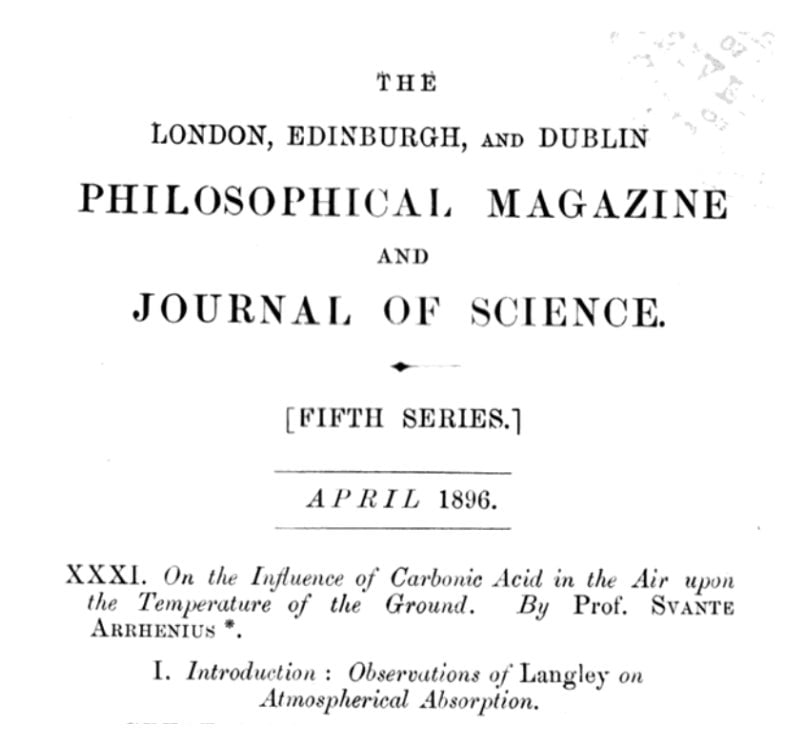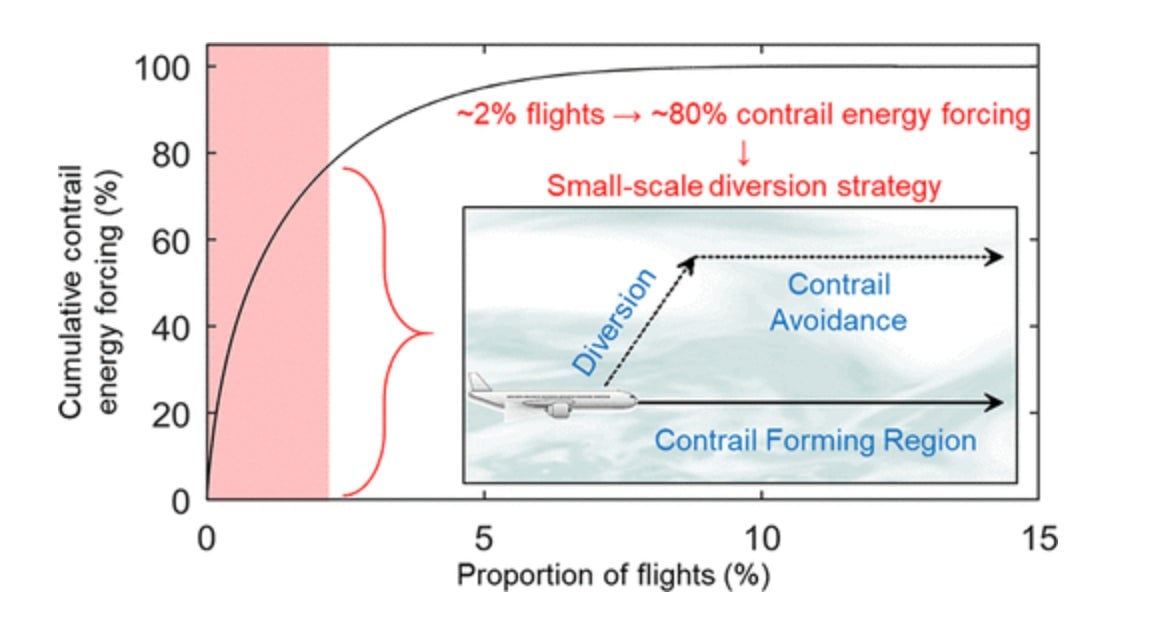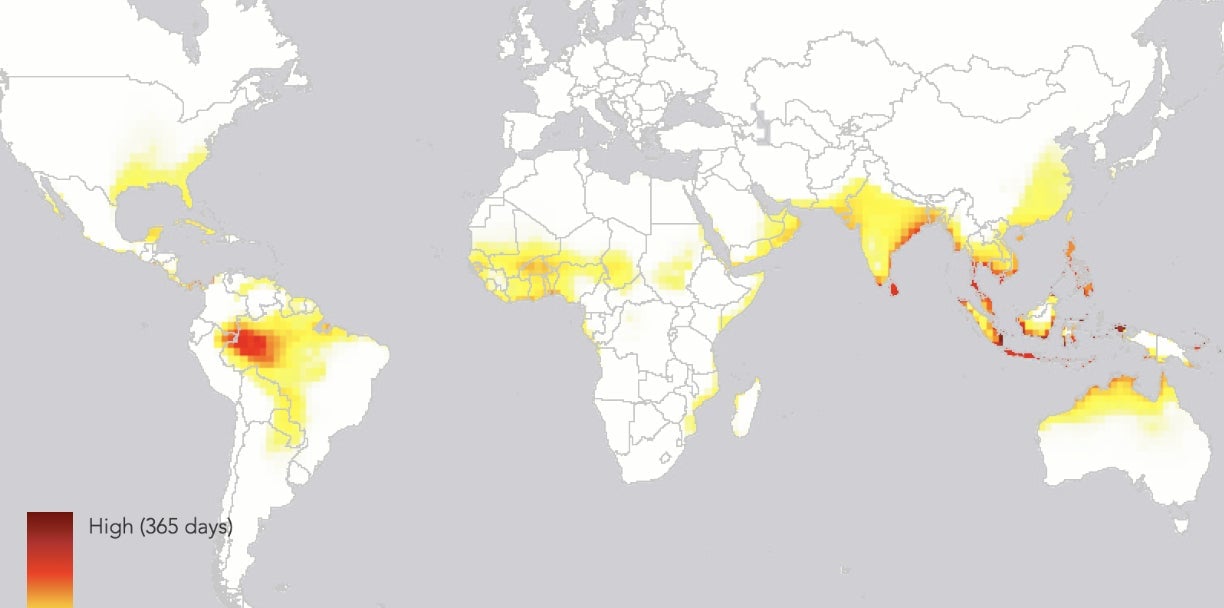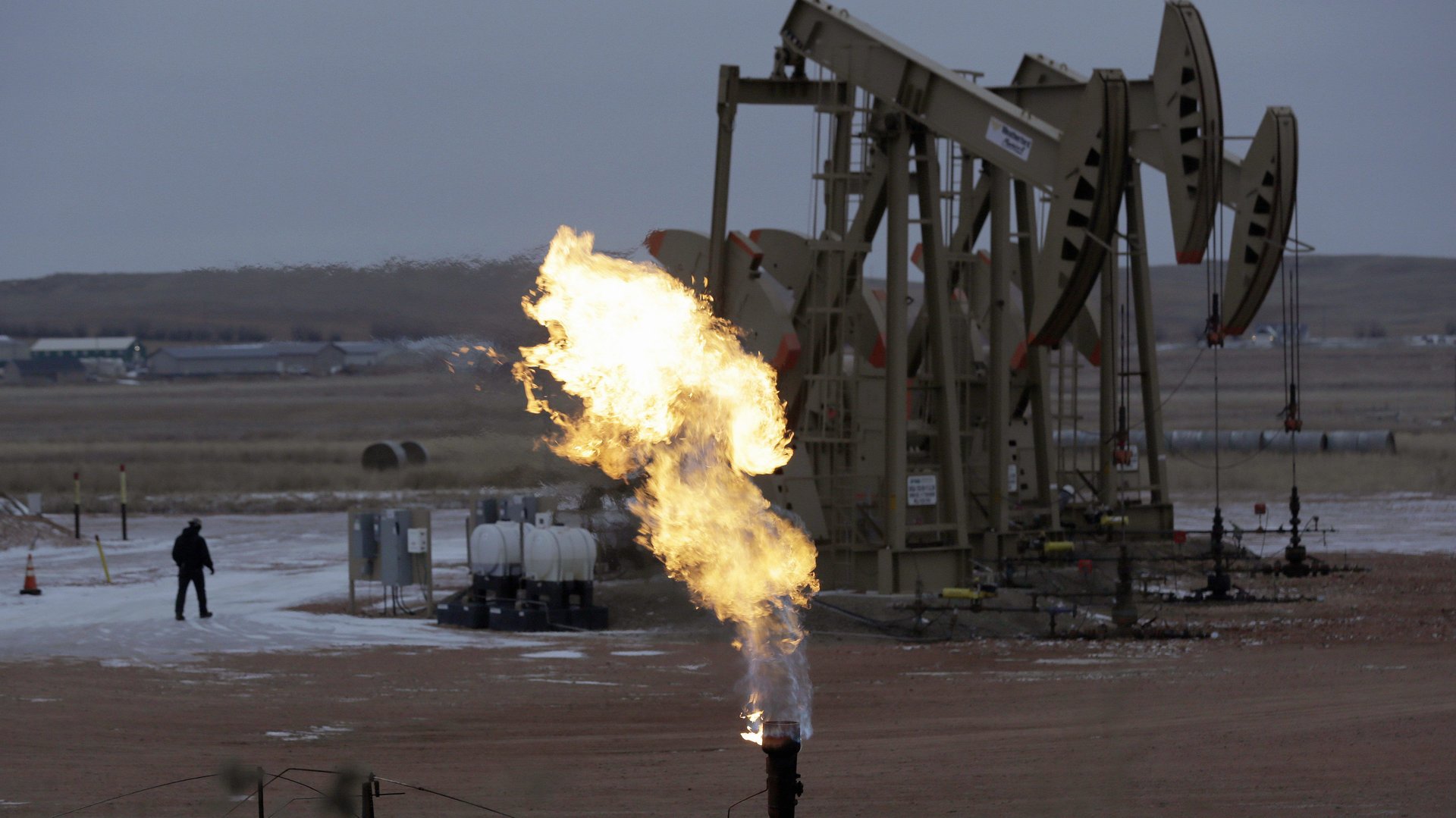The Race to Zero Emissions: Bezos, plastic taxes, and heatwaves
The world’s richest human turned his attention back to Earth last week. Jeff Bezos, founder of the rocket company Blue Origin and Amazon, pledged $10 billion to combat climate change—the largest gift of its kind. How the money will be spent, however, remains undecided. Here’s what happened over the past week that helped or harmed the world’s chances of cutting greenhouse-gas emissions to zero.

The world’s richest human turned his attention back to Earth last week. Jeff Bezos, founder of the rocket company Blue Origin and Amazon, pledged $10 billion to combat climate change—the largest gift of its kind. How the money will be spent, however, remains undecided. Here’s what happened over the past week that helped or harmed the world’s chances of cutting greenhouse-gas emissions to zero.

Decreases emissions
1️⃣Amazon founder Jeff Bezos effectively doubled the amount of money going into climate philanthropy. The priorities for his $10 billion Earth Fund remain unclear, but the $500 million annual disbursements (the minimum to avoid tax penalties) promise big changes. 😎
2️⃣China’s CO2 emissions fell by one-quarter so far this year. China’s efforts to contain the coronavirus are leading industrial output of key sectors to fall between 15% to 40%—for now. 🇨🇳🦠
3️⃣Indonesia announced a plan to tax plastic bags and emissions from conventional vehicles. The levy is expected to bring in 15.7 trillion rupiah ($1.1 billion) as the country faces huge risks from pollution and sea-level rise.
4️⃣So close. ☀️⚡️ European Investment Bank official Andrew McDowell says the European Union could fully decarbonize its energy sector using hydrogen generated from renewables if the generation price drops below €0.03/kWh. As luck has it, last week Germany’s newest solar projects bid in at a record-low €0.0355/kWh.
5️⃣The number of 200-megawatt+ capacity solar projects, each one covering at least 500 football fields, has nearly doubled since 2015. A record 35 massive solar projects were commissioned last year.
We knew.
Nobel Prize winner Svante Arrhenius predicted 124 years ago (pdf) that carbon dioxide would cause global warming. As part of the scientific race to explain the ice ages, the Swedish chemist’s unconventional thinking (he barely passed his PhD defense) led him to conclude that doubling atmospheric CO2 levels would raise the Earth’s temperature by 5 to 6°C. He wasn’t far off. Today’s models suggest 2 to 3°C. But the discovery, greeted skeptically, at the time, touched off a serious inquiry into what effects humans might be having on the atmosphere.

Net-zero (for now)
1️⃣ The taxman can’t decide—or won’t. One of the only Trump-era measures to tackle climate change is awaiting guidance from the Internal Revenue Service on tax breaks for investors who fund carbon capture and storage projects. Billions of dollars and at least a dozen projects hang in the balance.
2️⃣As lithium demand for batteries quadruples this decade, a Bill Gates-backed startup is using tiny beads to absorb lithium from pools of underground brine without the environmental impact of conventional mining. 🏭🔋
3️⃣ A recent analysis found not one bank has modeled the climate risk of a reasonable carbon tax (the IMF has recommended $75 per tonne) among countries signed up to the Paris accords. If imposed, the levy would make oil and gas companies at least three times more likely to default on their $654 billion debt. 😬💰
4️⃣The Trump Administration’s math isn’t computing. Its proposed repeal of Obama-era fuel standards means Americans will spend more on gasoline ($1,400) than savings from the sticker price (about $1,000). Without economic or environmental benefits, the effort may be struck down by the courts. 💸
5️⃣Fly higher for the climate? To mitigate aviation’s climate impact, scientists at Imperial College London studying high-altitude clouds formed by jet exhaust known as contrails found that altering the path of less than 2% of scheduled flights by a few thousand feet could reduce warming effects by 59%.

Never-ending heatwaves

How many deadly days await us? Researchers at the University of Hawaii Manoa studied events such as the 2003 European heatwave (70,000 dead in two weeks) and the 2010 Moscow heatwave (10,000 people dead in two months) to identify when heat and humidity conditions turn lethal. Their research combined data from deadly heatwaves with climate forecasts for major cities. By the end of the century, their findings suggest, the world would experience deadly conditions 365 days per year across areas of Australia, India, Africa, and the Amazon.

🔼 Increases emissions
1️⃣Australia’s industrial emission reduction scheme has failed after regulators routinely raised a cap on emissions from major emitters. The Australian government let mining company BHP raise their emissions 13% in three years under the “safeguard policy” to curb big industry’s emissions.🥵
2️⃣All politics are local, but especially for the oil industry’s lobbying juggernaut. Using fake grassroots groups and social media at the state and local level, the petroleum industry has been attacking carbon taxes, clean energy subsidies, and electric vehicle incentives. 🛢🏛
3️⃣Shell says gas demand will double by 2040 as part of a “lower-carbon energy system” (many researchers contest this characterization). A global natural gas glut has pushed prices down, and growth up, mostly in the US, China, and the Middle East.
4️⃣Methane muddle. Scientists in the journal Nature report emissions of the potent greenhouse gas from fossil fuel extraction could be 40% higher than believed (although not all scientists agree). Better news came in Science, where researchers suggest melting permafrost is releasing less methane than expected.
5️⃣ Korea’s state utility, the Electric Power Corp, is still investing in new coal power plants abroad. Some international investors are fleeing: the $548 billion Dutch pension fund sold its share in the company, and the Church of England may follow suit.
Stats to remember
As of Feb. 23, the concentration of carbon dioxide in the atmosphere was 414.13 ppm. A year ago, the level was 410.81 ppm.
Have a great week ahead. Please send feedback and tips to [email protected].